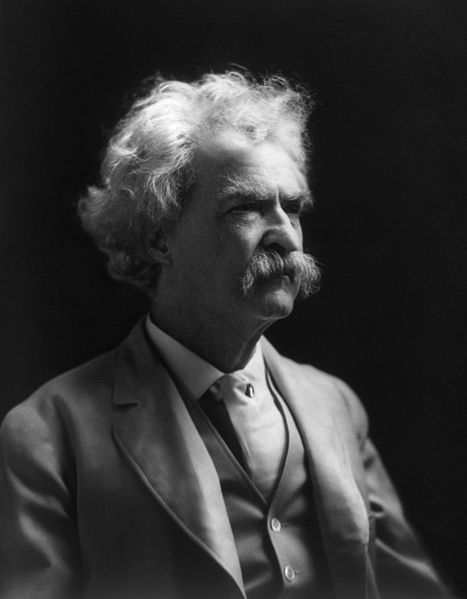Are you Impatient? Knowing the Symptoms and Applying the Solutions
 Most leaders I talk to are frustrated that they can’t get change to occur as quickly as they’d like. They want change now but, almost without fail, they suspect they won’t get it. They want to be decisive. They want their words promising it will work to ring true.
Most leaders I talk to are frustrated that they can’t get change to occur as quickly as they’d like. They want change now but, almost without fail, they suspect they won’t get it. They want to be decisive. They want their words promising it will work to ring true.
For most organizations, change initiatives are easy to start yet they seem to sputter and stall. The cycle is rarely broken over years and entire careers. For some leaders, the impatience can be seen when they want it yesterday. They show impatience about results, activities, actions, and behaviors. These leaders focus their efforts on pushing for results. It’s about results in the end anyway but they must be careful not to push too soon. This usually leads to false reporting, good paperwork or employees playing the numbers game.
Then there are those who want it all. As Steven Wright remarked, “You can’t have everything. Where would you put it?” The challenge for these leaders is to maintain their impatience about the right things at the right time.
Others feel stuck in a constant cycle of change. You’ve seen this cycle before and it is hard to stop. The smart money for these leaders is that this time they will likely fail.
Even for those individuals who wait out the change because history tells them the organization will not have the persistence to continue or follow up, know eventually there will be a new speech from a leader about the next thing.
With all of these symptoms and examples of impatience with leaders, what many organizations don’t realize is that impatience within leaders and managers can be harnessed into productive and helpful behavior.
Solutions
 The following are solutions for managers and leaders who want to harness their impatience into something more productive and helpful:
The following are solutions for managers and leaders who want to harness their impatience into something more productive and helpful:
- Describe and maintain a clear line of sight. Define long-term success (12 to 24 months for example) and incremental success in behaviors and actions starting today, to 30 days, to 60 days, to 90 days that will guide you to your long-term outcomes.
- Focus on changes today (or this week). Here is a great place to re-direct your impatience. No waiting. Do something today. Then we can really talk about it. Start now. It is hard to get good at something if you only do it occasionally. Daily is great. Weekly is acceptable. Biweekly or monthly won’t work. This goes for all employees: those doing the work and those influencing others. Start the changes and the follow up today.
- Focus on 1-2 behavior changes. If you have to do 30 things differently every day, you are in trouble. It is too much work and requires too much effort. Focus instead on getting good at a couple of things. Then you’ll have a chance to develop new desirable habits.
- Create conditions of self-direction and self-management. Ask people to describe how the changes are working for them. Ask others to describe how they are making it work. Ask questions to prompt others to share how they are part of the change.
- Gather an ongoing body of evidence. This includes behavior changes now, leading indicators and activities (like how customers are responding differently, early signs of success) and results changes as they emerge.
- Demonstrate a persistent and deliberate impatience to follow up and pull through the changes. It is easier to make that great speech to get it going. It’s harder to follow up persistently and consistently over time. This is one of the key engines that we need to build into change efforts. It also requires leaders to ask more, tell less, follow up, encourage and help.
So what are you waiting for? Determine where you want to go. Take some action today (not tomorrow, in fact, when you are done with this article, do something now). Try it. See how it worked. Make that small adjustment. Get ready for the next action you will take that will lead you to where you want to go.
|
|
Published August 28, 2012



